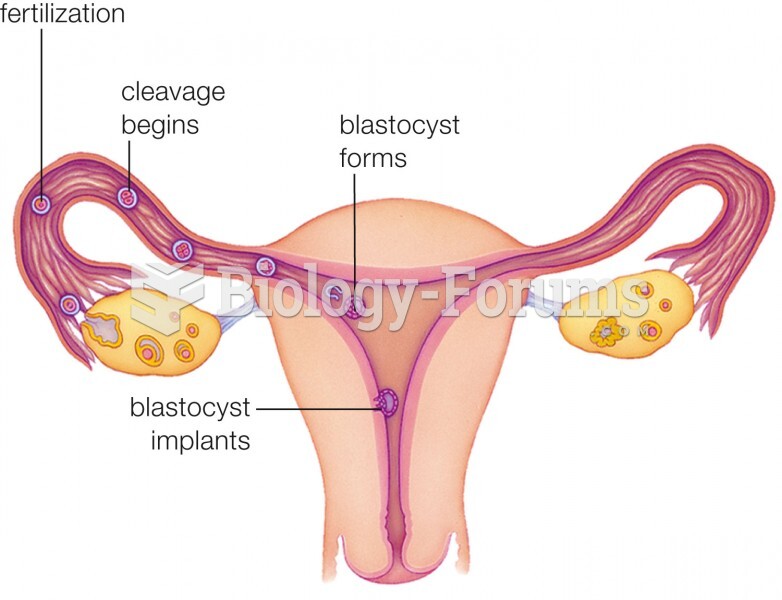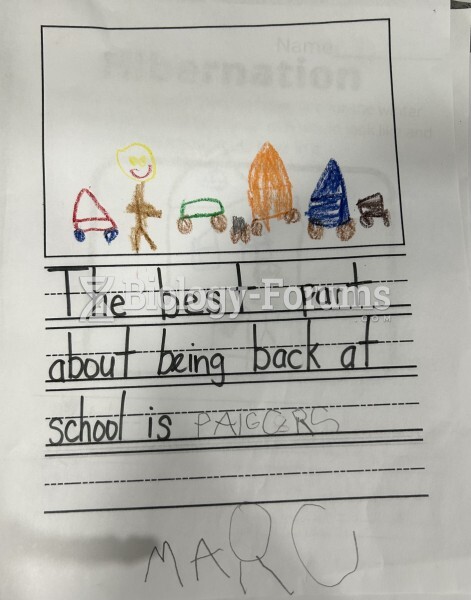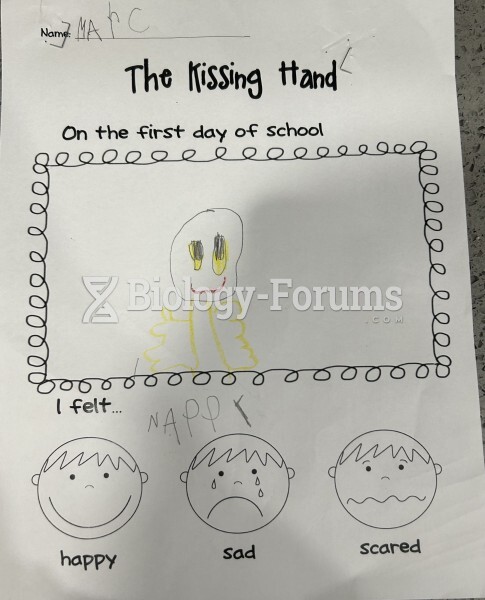Answer to Question 1
(a) Younger children are notorious for having a shorter attention span than older children. The fact that the capacity for sustained attention continues to improve throughout childhood and early adolescence is one factor that could affect curricular decisions and expectations. These improvements have been linked to the slow, late myelinization of the reticular formation. (b) Visual scanning becomes more systematic and exhaustive, meaning that older children are likely to explore all the input before making a discrimination, to detect subtle differences, and to find missing object skills that help them in many school tasks. The complexity of material that we present, the subtlety of distinctions we expect children to detect, the time needed to detect differences, the amount of information needed to make an identification, and the amount of guidance children require in what to attend to will vary markedly with the grade level. (c) Children improve with age in their ability to selectively attend to only the input that is relevant at the moment, making older children much more efficient information processors. (d) There are also marked individual differences in the deployment of attention. In the extreme are children diagnosed as having ADHD. These children typically show short attention spans and have great difficulty in systematic scanning and in selective attention, deficits that markedly affect their ability to function well in the school environment. They can be helped through the use of stimulant drugs and behavioral interventions.
Answer to Question 2
As children grow, they develop a larger repertoire of strategies and are able to learn strategies that are more complex and sophisticated. According to the strategy choice model, children learn new strategies slowly, and their development appears to be influenced by the development of the brain and related cognitive abilities. Thus, while children appear to be able to learn more sophisticated strategies when they are taught to use them, they tend to rely primarily on those for which they are cognitively ready. The fact that children's use of strategies is dictated by their acquired level of cognitive development would suggest that educators should not expect children to use effectively those strategies for which they are not cognitively prepared.







